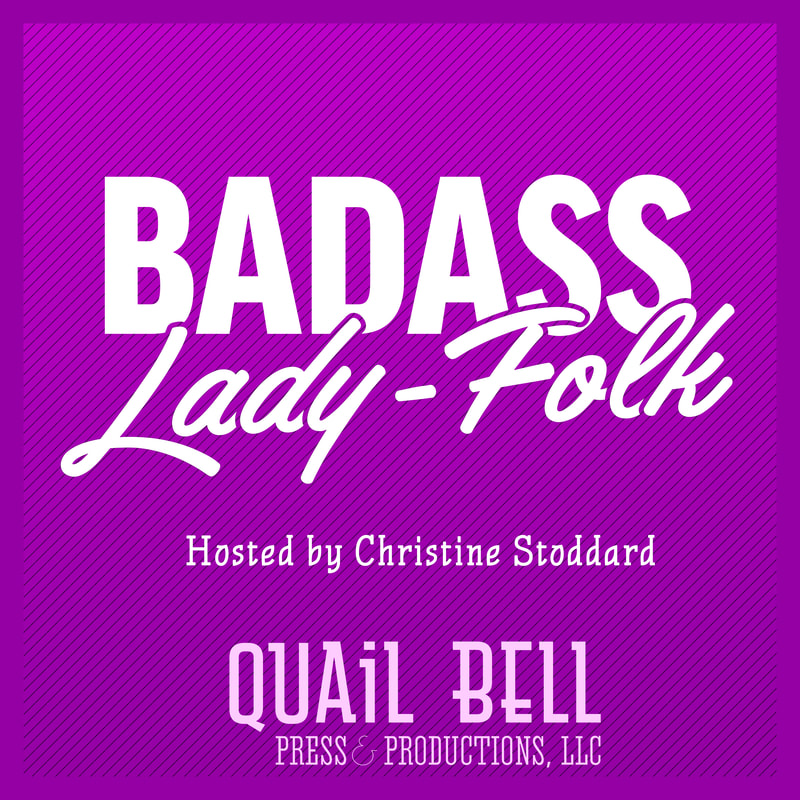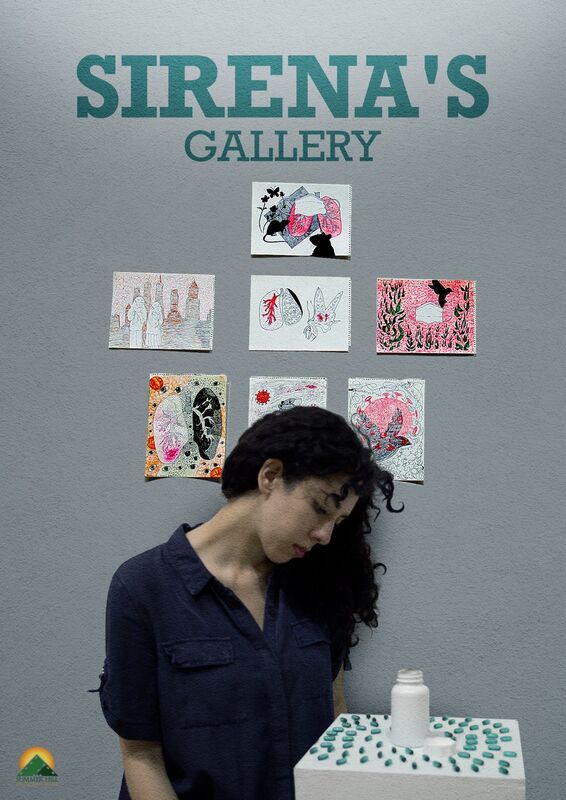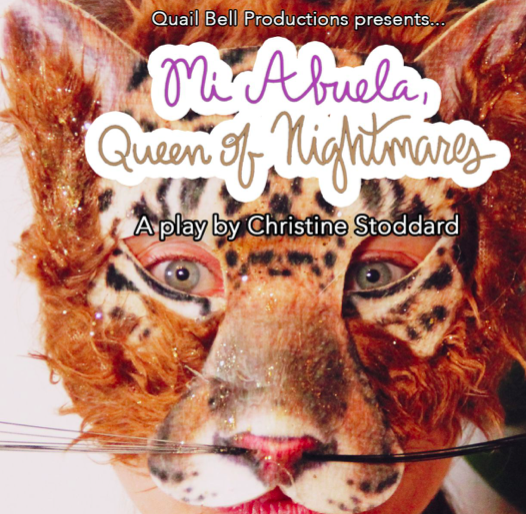|
The Breadcrumbs widget will appear here on the published site.
On Empathy and Liking the Problematic ArtBy Mari Pack I’ve been known to like problematic art. Pretty much any book by Hemingway. Rihanna’s “Love on the Brain.” Disney’s The Aristocats. Most recently, I’ve fallen in love with a series of comic books by Bill Willingham called FABLES, which follows the adventures of mostly European–but also European-written, non-Europeans like Mowgli from Kipling’s The Jungle Book–fable creatures. Many members of the beloved Western cannon–Snow White, Prince Charming, even the Big Bad Wolf–are refugees from their fairytale Homelands, now under the control of the Adversary and his Empire. FABLES takes place mostly in the adopted neighborhood of Fabletown in Manhattan, as well as the Farm – for fables who can’t pass as human, like the three little pigs — in upstate New York. It’s magical realism at its finest. The fables often surpass and evolve out of their origin stories, like Snow White as the Deputy Mayor and the Big Bad Wolf (now ‘Bigby’ Wolf) as her sheriff. I love the series for its creativity and imagination, and for its characters, which are by and large complicated and interesting. Even and perhaps especially its women. But FABLES is not without what I will call poor writing choices.
In Volume 7, Arabian Nights (and Days), Willingham introduces a delegation from the Arabian Homelands – including fables like Sinbad. It’s, well, bad. Worse than bad, it’s racist. “I want to like this,” writes a reader, Stephanie, in her two star Goodreads review, “but I feel like the authors have at times really gone with tired and often racist handling of the Arabian fables.” The western fables feel very obviously set up to represent what is moral and good, while the Arabian fables are reduced to slave-owning, harem-having, “Infidel!”-screaming caricatures. I often cringed while reading the book, and then I went out and bought the next seven trade paperbacks. ‘Am I a bad person for liking problematic art?’ is a question I’ve seen answered in a couple different ways. The conclusion seems to be mostly, yes, but you are not alone. We’re all guilty of liking something sticky. I asked my Facebook friends to name art they find problematic, but still engage with. The responses varied from The Bachelorette to works by Gaugin while he was living in Tahiti to Roman Polanski movies. My friend Lashelle referenced the early standup and music of Donald Glover. I think of his 2012 special, Weirdo, which contains the now infamous line, “I’d much rather have AIDS than a baby.” Yikes. But Glover has also evolved as someone who used problematic observations to make art into someone who now transforms culture. Who helps us see ourselves. I’m glad we didn’t write him off. My boyfriend, Alex, offered Fire and Ice by Ralph Bakshi, which contains not only queer villains but basically only damsels in distress. Also “anything by HP Lovecraft, an avowed racist for whom female characters almost never existed because you could probably count on one hand how many times he’d been in a room with a woman he wasn’t related to.” Alex continues to engage with it because “there’s so little adult fantasy of any kind in the cinematic world.” It’s true that we can only engage with what exists. Then there are also artists like Bill Cosby. “Seeing characters like Bill Cosby on the Cosby show gave a lot of black families hope in a rough era of Reagan/Bush and Clinton shit show era during the 80s and 90s when black people were basically food for the piranhas here,” writes my friend Roman. “The Bill Cosby show allowed us to see black people as upper middle class folk, something a lot of us had never really seen and giving young black kids missing fathers the idea of what a two parent home looked like and boys a role model of what a dad should be when they had nothing to learn from. Also his work in Civil Rights including paying for entire sound system for MLK's March on Washington, child psychology regarding racial experience, and a whole host of other things he did for black people in one of our darkest hours. He will always likely be fucked with by me.” I don’t think I can fuck with Bill Cosby. I don’t have any sympathy for him as a man or an artist. But I have sympathy for people who continue to engage with his art. I understand why they would. I remember the first time I really sat down and thought, I can never engage with that art again. I was twenty-three and in graduate school. I was reading mostly theory. “What’s your favorite Woody Allen movie?” asks Dylan Farrow in her New York Times open letter. “Before you answer, you should know: when I was seven years old, Woody Allen took me by the hand and led me into a dim, closet-like attic on the second floor of our house. He told me to lay on my stomach and play with my brother’s electric train set. Then he sexually assaulted me.” There had been, of course, other times when I thought, this art is sexist or racist or problematic. I had called things out before, and felt very proud of myself for doing so. But I was a whole two decades and three years old when the penny dropped and I thought, if I engage with problematic art, not only will more art of its kind be made, but the problematic artist will continue to thrive. I should have known from watching Mariel Hemingway as Tracy in Manhattan that there was something deeply fucked about that man’s art. I didn’t think about it then. It wasn’t until Dylan Farrow performed her suffering for me and everyone else, decades after first accusing him, that I knew to wake up. I have not watched a Woody Allen movie since. My friend Leo writes to me over Facebook messenger that the 2014 version of himself is different than the 2019 version. The implication being that he at 2019 is more woke – more capable of deconstructing the harmful racist, sexist, homophobic, prejudiced ideas that pervade art of past and present. Some of this is engaging with teachers both in life and on the internet. Some of it is his openness to unpack what he has been taught over a lifetime. “Part of the work in thinking of post-patriarchy is doing that healing and listening and bridging and forgiving and opening our hearts and unpacking our trust and empathizing,” he writes. “We are all wrong at some point, and we are able to learn.” I’d like to think so. Otherwise, are we creating a world in which artists — and consumers of art — can never make mistakes? In a February 2019 tweet, Terry Crews writes, “Nope. There are things a person can only get from their mother. But there are also things a person can only get from their father. I would never render either unnecessary. And if you are missing one— you need a good representation of either/or in your life at some point.” It was a response to @blackqueerpetty, who writes, “Me + my very queer household inherently disagree – a diversity of good role models is needed. I have far better role models than an imperialist.” Crews’ point was taken to mean same-sex parenting is lacking – an argument that is not only hurtful, but which actively contributes to a culture against queer, single-parent, and non-binary adoption and child-rearing. I have known many queer folks who would, frankly, be better parents than half the straight people I know. Even in a world that perpetuates violence and hate against them. But I have not cancelled Crews’ art. If it’s on television in my living room, you can count on me to still watch Brooklyn Nine-Nine. What I think Crews needed, and what many people on Twitter tried to give him, was an invitation to witness other people. To see their love and their suffering outside the prism of his own understanding. To grow. It is what I hope for in regards to myself. It’s why I seek out teachers and try to unpack my own biases. I’m not trying to be right – to be a perfect moral paragon. I’m especially not trying to let my fear of being wrong dictate my art consumption choices. I’m trying to open myself up to new ways of seeing. I’m trying to learn how to be better and more empathetic. I don’t think that the solution is necessarily to cancel all problematic art, which most of us like in one form or another if it’s good enough. None of us are morally perfect, perhaps dangerously so. We sometimes perpetuate bad things. We all probably have room for growth – some of us (especially me, a known idiot) more than others. That said, we can certainly call problematic art out for what it is, and choose not to engage with or endorse it. Is there a limit to this? Do I – for example – as a Jewish person, really believe that Mein Kampf should continue to exist? Personally, I do. I think we should learn why it is dangerous. I think we should continue to reference it as evil. There’s a very famous James Baldwin quote: “We can disagree and still love each other, unless your disagreement is rooted in my oppression and denial of my humanity and right to exist.” I think about that quote a lot in regards to problematic art. When the artist or the art does something in bad faith, it is of course appropriate not to engage with it — for those who don’t have the energy — or to label it as toxic without necessarily teaching. Because it is actively harmful. Because it corresponds with the elimination of someone’s humanity. Righteous anger has its place. Twitter user @IndyaMoore, for example, writes of Scarlet Johansson’s casting as a trans-man in Rub & Tug: “Wen cis women play trans men you are reducing the existential experience of a trans-man as playing dress up. cis people cannot tell trans stories- don't have the range. If they did, they would empathize with the reality of how problematic, dismissive and fetishizing this is.” But there are other times, and Terry Crews is an excellent example, when we can respond with empathy. Where we can learn from each other. I’m asking everyone – myself included – to use good judgment when it comes to making and liking art. If an artist or a piece of art makes a good faith mistake, let us offer the chance to learn from it. Even when it sucks to explain something that seems obvious, or obviously hurtful. Otherwise, none of us will grow. Maybe the silver lining is that we’re finally in a place – culturally? socially? psychically? – where we can challenge what has been given to us. Where we can demand more from our art than what has been historically given to us by the Western canon. Let’s try sometimes, if we can, to be gentle with each other as we do it.
0 Comments
CommentsYour comment will be posted after it is approved.
Leave a Reply. |
AuthorWrite something about yourself. No need to be fancy, just an overview. Archives
March 2024
Categories
All
|



 RSS Feed
RSS Feed






